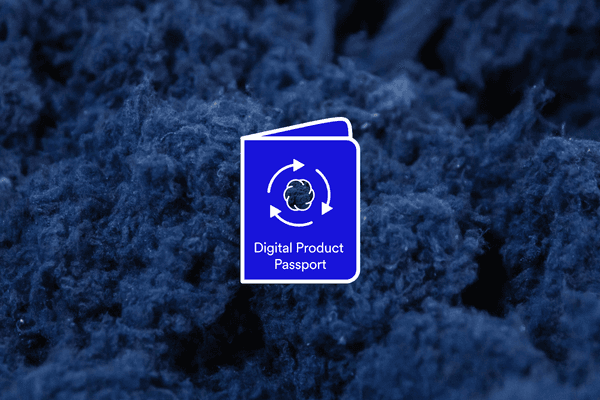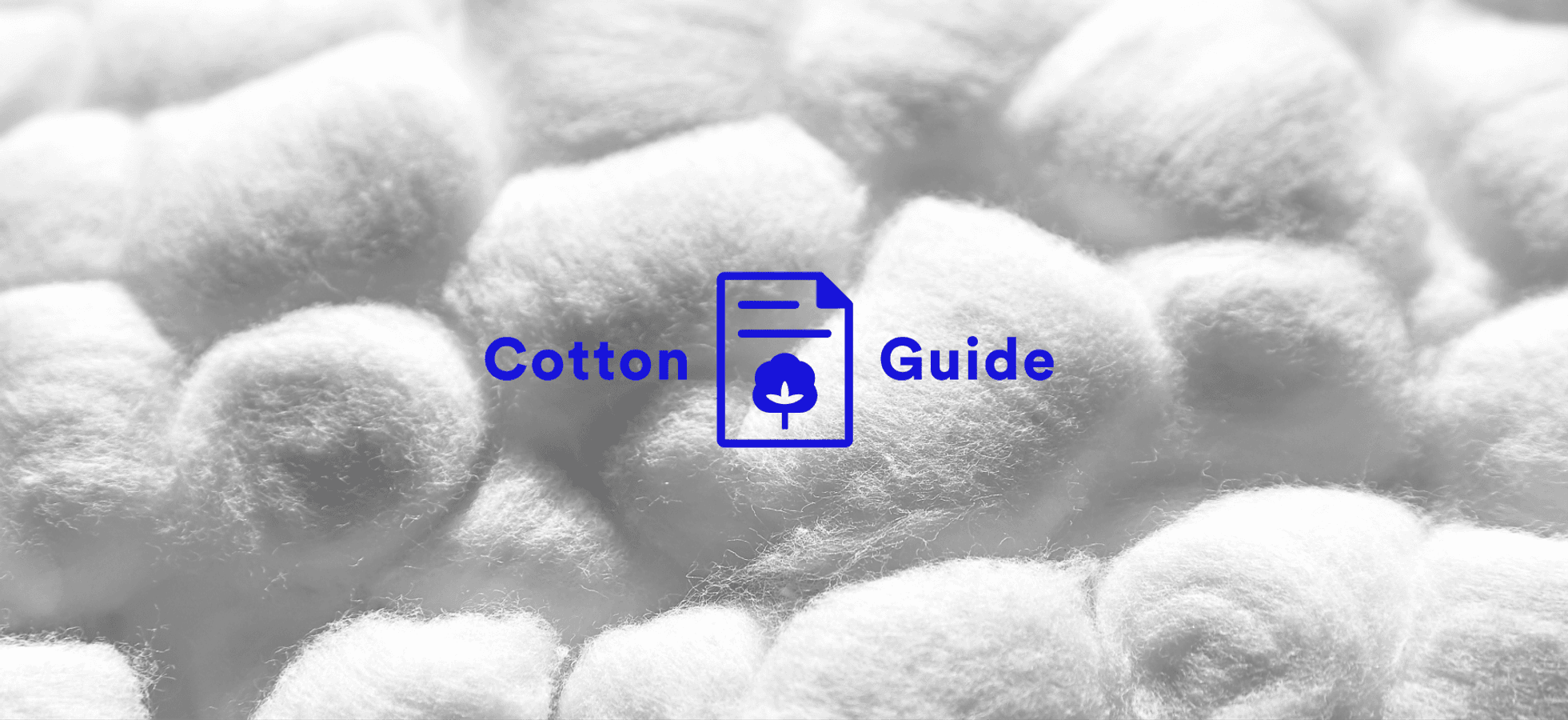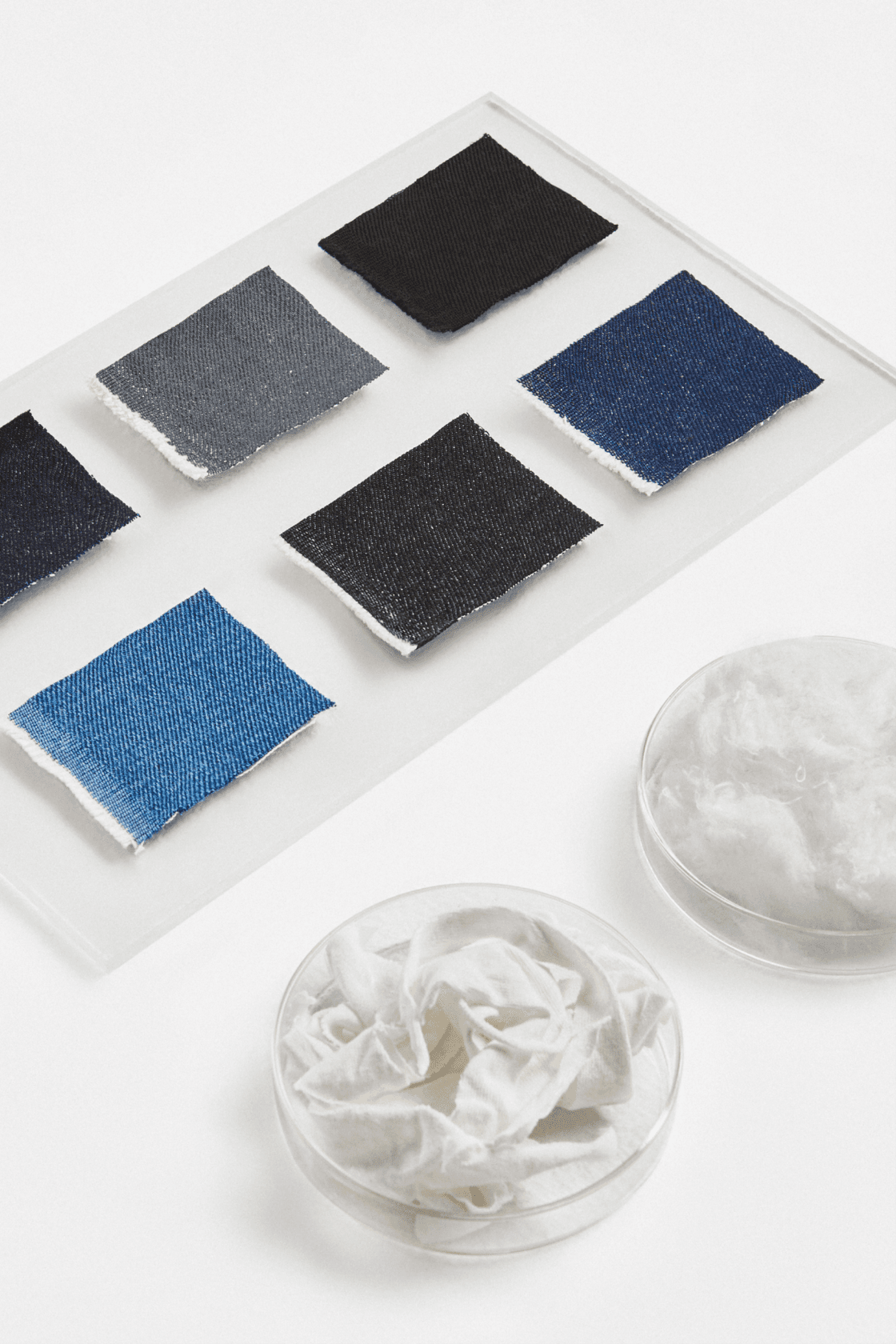Digital Product Passport: The next step for the textiles and fashion industry

Site map

Virgin, conventional, organic, regenerative… ever come across one of these terms and found yourself wondering: what’s the difference between all of them? In this comprehensive guide to different cotton types, we break them down to help you make conscious choices when selecting a product. But first,
Cotton is a natural fiber that comes from the seed of the cotton plant. It is one of the most widely used natural fibers in the world, known for its softness, breathability, and versatility. Cotton fibers are used across many applications: from home textiles, to clothing, accessories, medical products, and even other categories such as paper or insulation.
According to Textile Exchange’s Materials Market Report [1], cotton is still the second-most important fiber in terms of volume. In 2022, with around 25 million tons, it had a market share of approximately 22% of global fiber production, behind polyester (with 54%). While cotton is a valuable, highly demanded crop, its cultivation has significant environmental impacts. The production of cotton demands a considerable volume of water, energy, and land.
Let’s dive into the different categories of cotton that you can come across in the market:

Virgin cotton refers to cotton derived directly from the cotton plant without prior use or processing and has not been recycled or reclaimed from any post-consumer or industrial waste. This definition sets the basis for the first differentiation you can encounter when talking about cotton: Virgin VS Recycled.
The second differentiation within cotton is certification-based. Conventional cotton refers to cotton grown using conventional farming methods, which often involve synthetic pesticides and fertilizers. It is the most common method of cotton cultivation and contrasts with Certified cotton, which refers to cotton that has been produced according to specific standards by certification organizations or programs.
Although cotton production has been relatively stable for the past decade, the share of certified cotton has significantly rose, passing from 3% in 2012 to 27% in 20221. With the rise of certified cotton, several cotton programs have seen light or have exponentially grown in the past years.
This trend is also reflected in Textile Exchange’s Materials Benchmark Report [2]. On average, conventional cotton represented 24% of the brands and retailers’ portfolio participating in the report, while Preferred cotton* represented 73%. This percentage includes cotton from different programs, such as the Better Cotton Initiative (BCI), organic cotton or regenerative cotton, among others.
*Textile Exchange defines a preferred fiber or material (“PFM”) as one that results in improved environmental and/or social sustainability outcomes and impacts compared to conventional production.
Let’s now dive into the main “preferred cotton” categories:

Better Cotton refers to an approach that promotes “better standards” in cotton farming. It is associated with the Better Cotton Initiative (BCI), a global non-profit organization that works with cotton producers, retailers, and other stakeholders to promote more sustainable practices in the cotton industry. BCI aims to make cotton “better for the people who produce it, better for the environment it grows in and better for the sector’s future.”[3]
Better Cotton, including equivalent programs in the market, represented around 21% of all cotton production in the 2021/22 period, rising to 5.4 million tons. [1] Better Cotton equivalents include programs such as Agro-2, Cotton made in Africa (CmiA), Responsible Brazilian Cotton (RBC), and more.

Organic cotton is a category that includes cotton grown using organic farming methods, which emphasize the use of natural and sustainable practices while avoiding synthetic chemicals. The term "organic" is subject to legal regulations. This means a farm must be certified via a government-controlled organic standard to sell its cotton as “organic”, to ensure the correct agricultural practices are respected.
Within the process of certificating cotton as organic, several stakeholders are involved. Governments are the ones that set the standards, with voluntary standard schemes owners such as OCS or GOTS. The on-the ground farm checks are done by certification bodies, that will verify if the correct practices are put into place. Accreditation bodies are the final stakeholders that will monitor and assess that certification bodies are operating as intended. These are intended to detect irregularities and deliver confidence to consumers.
A mention has to be made to cotton in-conversion (also called transitional cotton in the US). When a cotton farm is in the process of converting from conventional to organic practices, it is considered "in-conversion." This transitional period can take a few years, during which the land is managed using organic methods but the certification as organic is not yet granted. The goal is to allow the soil to recover from the effects of synthetic inputs and to meet the organic standards set by certification bodies.
In their Organic Cotton Market Report [4], Textile Exchange estimates that 1.4% of all cotton grown was organic in the 2020/2021 period*.
*Organic cotton data for the 2021/2022 period was not available in Textile Exchange’s report. 2020/2021 data from their Organic Cotton Market Report 2022 is thus used as an estimation.

Regenerative cotton refers to a more sustainable and environmentally conscious approach to cotton farming. It involves agricultural practices that aim to restore and improve the health of ecosystems, soil, and communities involved in cotton production. The regenerative cotton movement emphasizes principles that go beyond traditional sustainable practices, focusing on holistic and restorative methods. The regenerative cotton movement aligns with the broader concept of regenerative agriculture.
Certification programs, such as the Regenerative Organic Certification™ (ROC), founded in 2018, may be used to verify and label products made from regenerative cotton. In the 2021/2022 period, ROC further expended its coverage in India and included cotton from Ecuador for the first time, and accounted for 0.01% of all cotton produced. [1]

Remember the virgin VS recycled differentiation? This is where Recover™, as a mechanical recycler of cotton, stands.
Recycled cotton refers to cotton fibers reclaimed or reused from pre-consumer, post-consumer, or post-industrial waste rather than being sourced directly from raw cotton plants. The process involves collecting discarded cotton-rich garments, textiles, or manufacturing waste, breaking them down into fibers or pulp, and then spinning these fibers into new yarn for textile production. This process can be completed mechanically or chemically.
While chemical recycling involves breaking down the fiber into their chemical components and transforming it into regenerated cellulose fibers, mechanical recycling relies on physical processes to break down cotton and reform it into new products. The minimum use of chemicals (only a softener to add antistatic properties to the fiber) not only streamlines the recycling process but also reduces further its environmental impact.
In 2022, the production of recycled cotton reached an estimated volume of 300 000 tons, a modest fraction when compared to the vast production of virgin cotton. This equates to a market share of approximately 1% of the total cotton production. [1]
A substantial growth for recycled cotton is expected in the upcoming years, while the sector is innovating across many aspects. In their 2020 article entitled ‘Biodiversity: The next frontier in sustainable fashion’[5], McKinsey & Co. concluded that “recycled fibers not only repurpose waste but also have a lower biodiversity footprint than virgin fibers.” Recover™ recycled cotton benefits biodiversity and has a significantly lower impact on the environment VS virgin alternatives across several categories, including water, global warming potential, energy and land use.
At Recover™, our recent partnerships with Rieter and Polopiqué allowed for a higher percentage of up to 40% of recycled content in common blends (compared to the traditional 20%) thanks to our high-quality recycled cotton fiber. We also recently partnered with Evlox and Jeanologia to create a fully recycled denim capsule collection with sustainable practices, from fiber to finish.



[1] Textile Exchange, Materials Market Report (December 2023): https://textileexchange.org/knowledge-center/documents/materials-market-report-2023/
[2] Textile Exchange, Materials Benchmark Report, Brands & Retailers (December 2023): https://textileexchange.org/materials-benchmark/
[3] Better Cotton Initiative, BCI Principles & Criteria https://bettercotton.org/wp-content/uploads/2019/01/Better-Cotton-Principles_Overview_Extended.pdf
[4] Textile Exchange, Organic Cotton Market Report (October 2022): https://textileexchange.org/app/uploads/2022/10/Textile-Exchange_OCMR_2022.pdf
[5] McKinsey & Co, “Biodiversity: The next frontier in sustainable fashion“ (2020): https://www.mckinsey.com/industries/retail/our-insights/biodiversity-the-next-frontier-in-sustainable-fashion